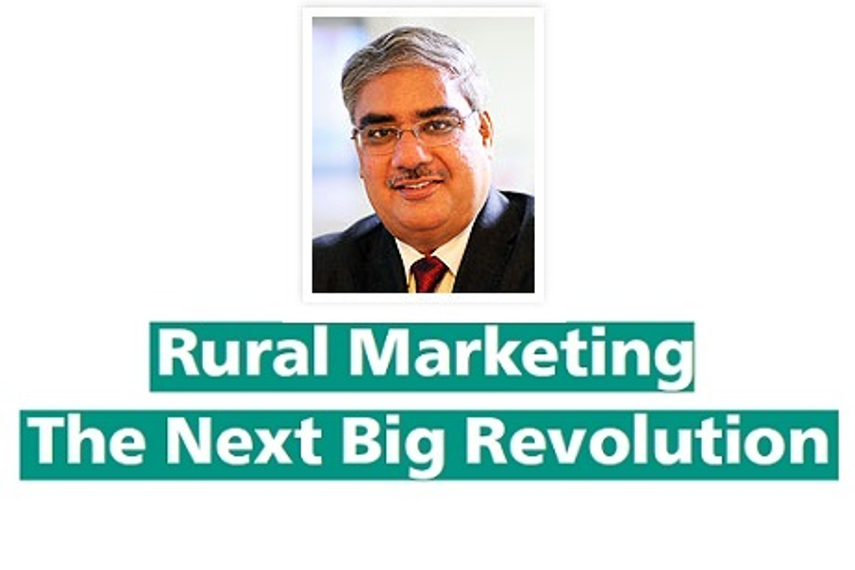
Please sign in or register
Existing users sign in here
Having trouble signing in?
Contact Customer Support at
[email protected]
or call+91 22 69489600
Delivering the keynote at a seminar, Sivakumar said he had a ‘sense of resignation’ when he started his career

Contact Customer Support at
[email protected]
or call+91 22 69489600
Top news, insights and analysis every weekday
Sign up for Campaign Bulletins
Adland’s holding groups went on a 2025 buying spree, with Omnicom forming the world’s largest agency via IPG, while Publicis and Havas scooped up APAC indies amid a martech and AI boom.
AMD’s Zen Mode film imagines an office where pressure disappears by using calm, not jargon, to make enterprise tech feel human.
The martech agency is executing a 26-company acquisition roadmap to achieve a 100-crore profit benchmark for its public market debut.
The wedding-focused campaign combines celebrity association, consumer contests and in-store activations to engage shoppers during the festive marriage season.